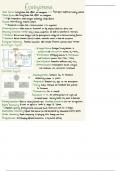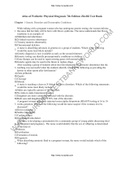Class notes
Demography and Epidemiology of Ageing and Migration in the EU Lectures
- Course
- Institution
lectures from the course 'demography and epidemiology of ageing and migration in the EU' from the study year 21/22 of European Public Health year 2
[Show more]










